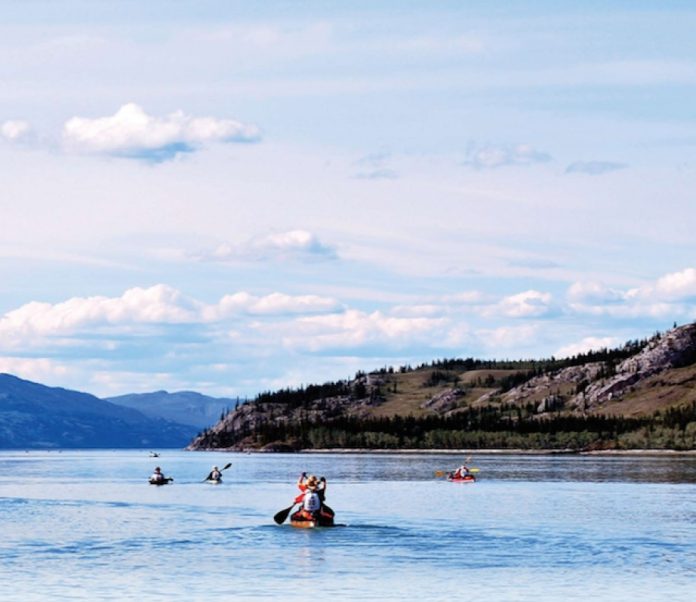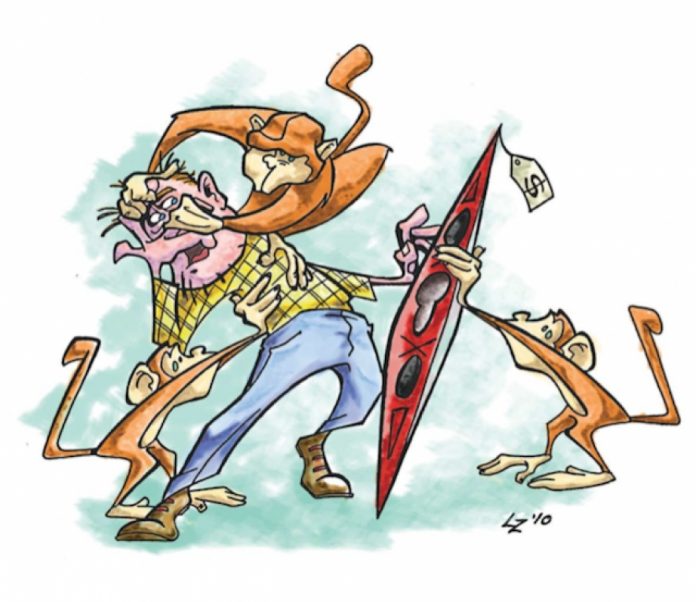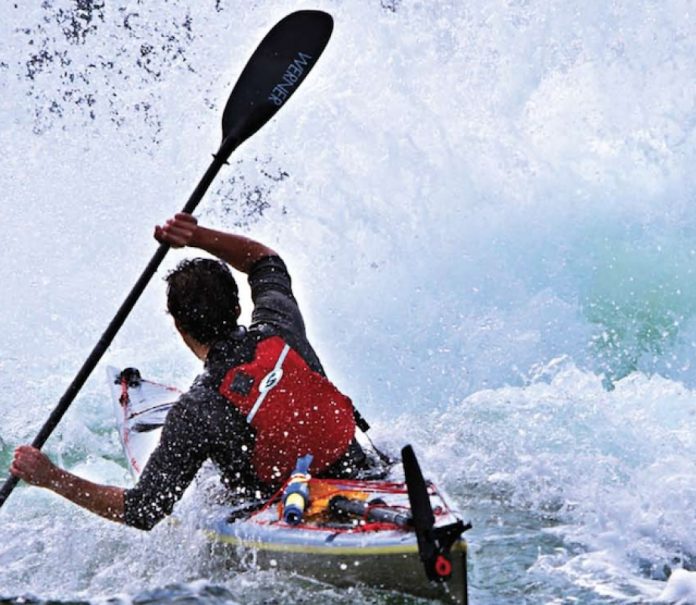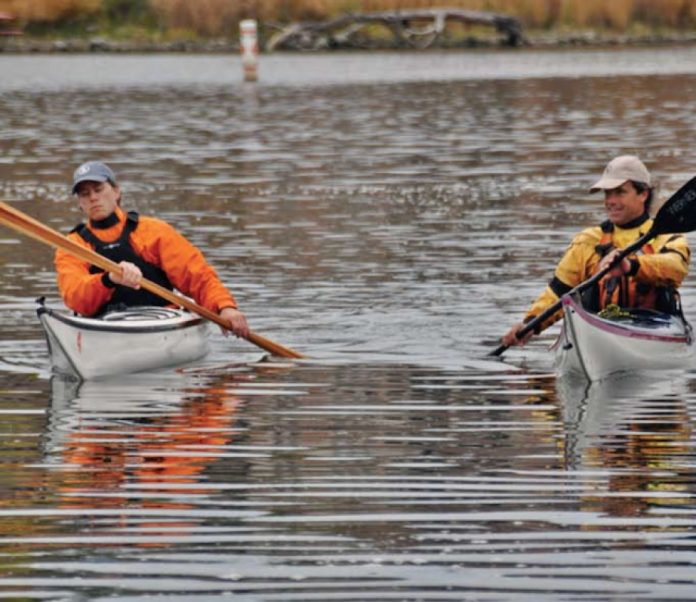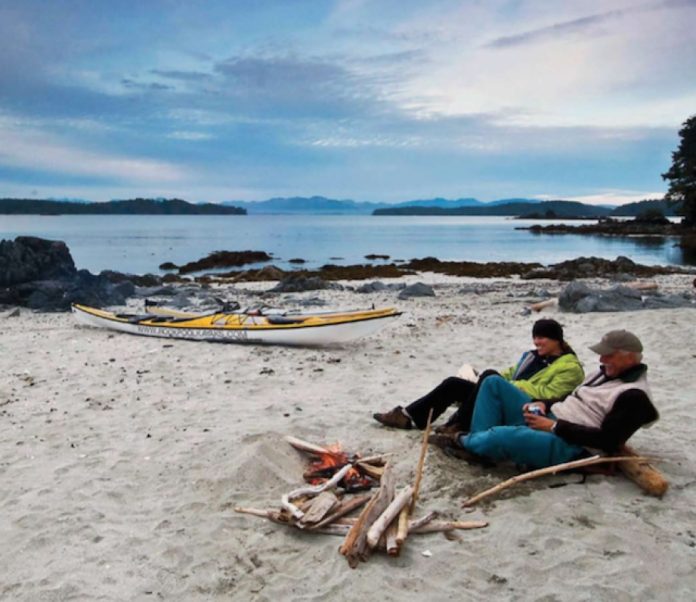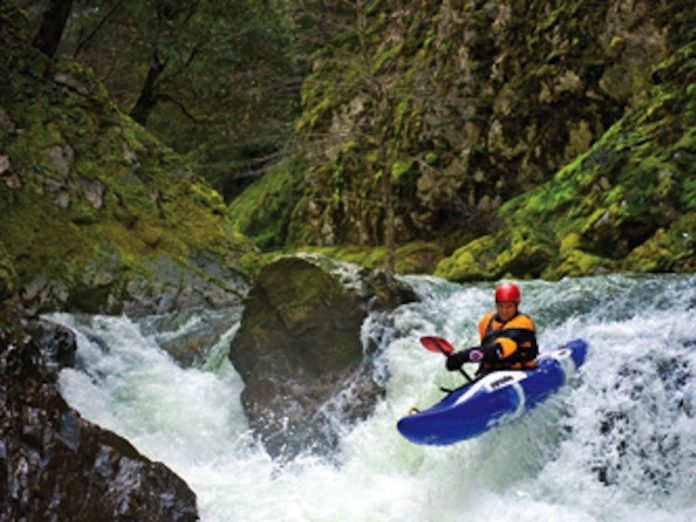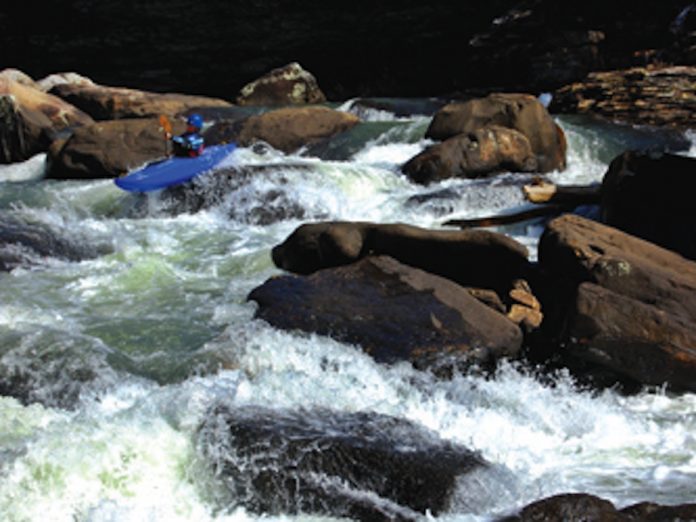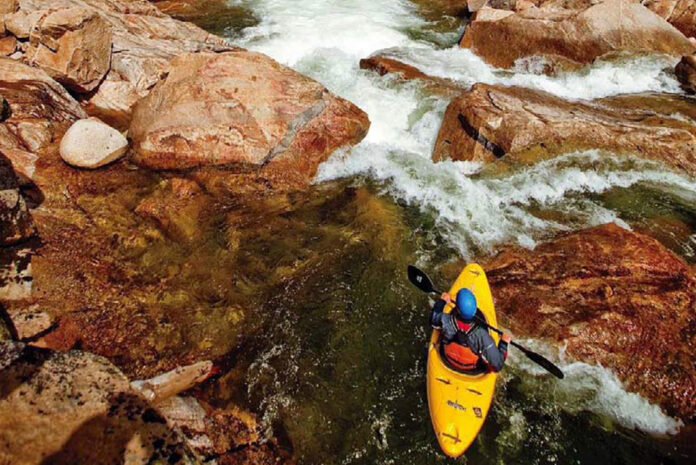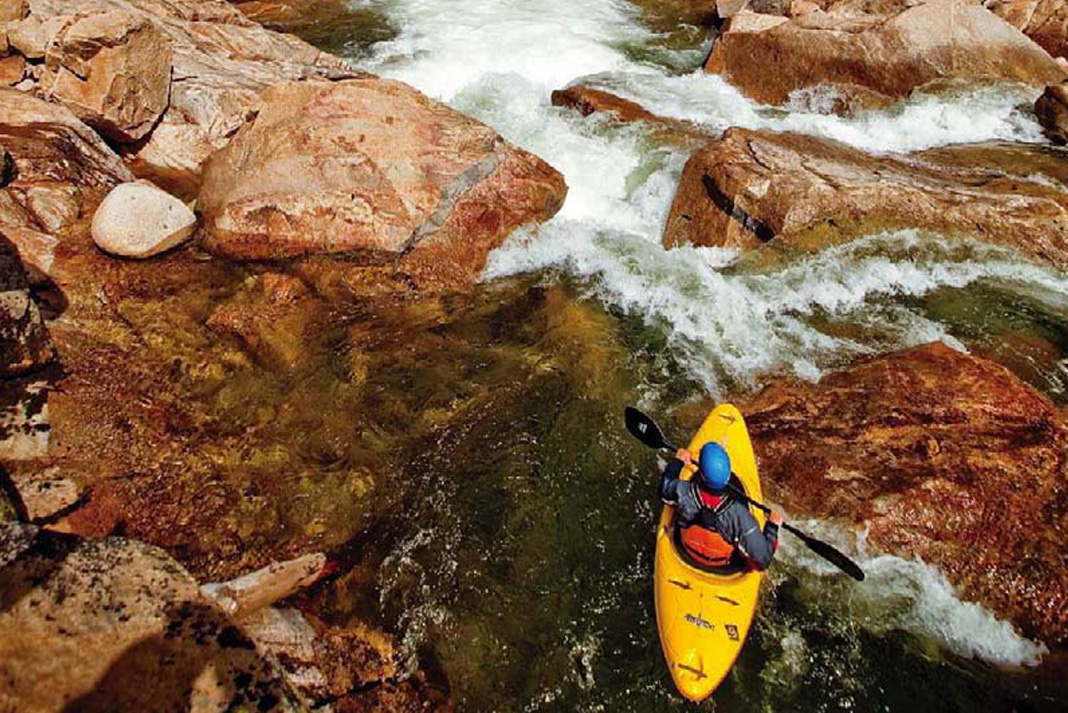I am surrounded by beauty. The still aqua water lies like a sheet of smooth glass, stretching farther than the eye can see. Sharp, craggy rocks jut out from a dense line of trees along the shore. As we travel slowly by motorboat up and down Lake Laberge, we are encased in raw, natural history—brought to life by our guide, Mark Stenzig, who recites The Cremation of Sam McGee by Robert Service.
“…But the queerest they ever did see
Was that night on the marge of Lake Lebarge
I cremated Sam McGee.”
If there is a more fitting introduction to the Yukon, I can’t think of one. It’s day two of al- most a weeklong adventure covering The 11th Annual Yukon River Quest (YRQ): Race to the Midnight Sun—an epic 740-kilometre canoe and kayak race beginning in Whitehorse and ending in Dawson City.
I’ve travelled 5,500 kilometres from Toronto to be here with a handful of other media. But racers have come from across the globe to take part in what is the longest race of its kind. Some seasoned veterans arrive well in advance to rest and set up, aided by friends and family. Others cut it fine, like the teams I am following, who pull in with just over a day to spare, kayaks strapped tightly to a rented SUV and no entourage in sight.
I met Peter Whaley, Jamie Playfair and Matt Gunning a few days earlier at one of the rest points in their long journey from Halifax to Whitehorse. Just three regular guys looking to finish the race within the four allotted days. Twenty hours into their drive, they are giddy with fatigue but pumped at the thought of racing with 72 other teams made up of 171 paddlers—each of whom will be navigating the same historic wilderness route of the Klondike gold seekers, in search of their own gold.
So what makes a person enter such a gruelling competition—one that is as brutal on the psyche as it is on the body? Whaley, who has spent most of his life guiding and travelling canadian waters, is quick to answer.
“As one approaches the pinnacle of life and starts to visualize the backside, it’s time to ask whether you will succumb to the proverbial slippery slope or dig your heels in,” quips the 48-year-old owner and operator of coastal Spirit Expeditions from River John, Nova Scotia. “Racing the Yukon River quest is my way of strapping on the crampons, grabbing the ice pick and digging in with reckless abandon!”
Gunning, a 33-year-old owner of a used car dealership in Pictou county, started kayaking 14 years ago to build strong core muscles to support a back injury that resulted in a fused spine. He took one of Whaley’s kayaking courses, which led to more over the years. completing the triangle is Playfair, who also found his sea legs thanks to Whaley. For seven years, the 40-year-old art director has been navigating Nova Scotian waters. Both men guide for Whaley on occasion.
The three friends made the pact to enter the race after a pleasure paddle on the cari- bou River in Pictou county in November, 2007. “After we got off the water, we went for a beer and the ideas started flowing. And scar- ily enough, no one was backing down,” laughs Gunning. “Right there we committed to entering the 2009 race.”
Paying the registration fee is one thing. Training for a competition of this magnitude is another. The paddlers spent four months on dry-land cardio, strength and core workouts. Gunning also worked out with a kayaking simulator he concocted from an old bench, a kayak seat and bungee cords.
Once the ice broke, they moved into sprint interval training for strength, and distance conditioning for stamina. Since mental fatigue is common during long, solo paddles, the trio group-trained to make sure they all would be safe on the water.
Gunning isn’t the only one needing to baby an injury. Playfair has niggling pain in his right rotator cuff, and years of repetitive use has left Whaley with tearing in both of his. cranking up his training aggravated the injuries even more and he questioned whether he could handle the 700,000 paddle strokes from start to finish. After learning that the race spits out even the most fit, Whaley made the decision to move from a K1 into a K2 with Gunning.
Fast forward to Sunday, June 21, 2009. The Nova Scotian contingent is ready to put their physical, emotional and mental preparation to the test. Some early arrivals take advantage of the paddling clinic and training runs. Tuesday kicks off with boat measuring and gear inspec- tion, which requires a first aid kit, map, PFD, extra paddles, adequate food and water, and more.
“The inspectors went through all of our supplies from stem to stern,” describes Playfair.
A mandatory pre-race briefing rounds off the afternoon. Some paddlers, such as Brad Pennington from Houston, Texas, continue preparing well into the evening. Pennington won last year’s race in the solo kayak category, after finishing fourth in 2007. Most others like Whaley, Gunning and Playfair opt to eat and sleep.
Wednesday, June 24: race day breaks beautifully crisp and clear. The mammoth Voyageur boats are launched and moved to their starting positions in the Yukon River, while solo and tandem boats are arranged by number on the Rotary Park lawn: Whaley and Gunning are number 24 and Playfair is 25. Final inspection is underway and pre-race jitters are building.
By 11:30 a.m. paddlers have shifted their boats to their assigned spots on the riverbank and are at the starting line, bibs on and excite- ment at an all-time high. The half-hour wait until race time is probably the toughest to handle. Like gated greyhounds, these paddlers need to be let loose.
Twelve noon. The horn blares and racers sprint the 100 metres to the launch area, where they jostle for space in the mad rush of boats on the river. “The feeling as the energy built at the start line was one of the coolest things I’ve ever experienced,” says Gunning.
Although their plan is to not get caught up chasing the leaders, Gunning and Whaley soon get into their groove and pass racers. Only a few K2s dot the water in front of them. Playfair finds his own inner rhythm, settling into a comfortable pace. But halfway through immense Lake Laberge, Gunning and Whaley feel the fatigue. Whaley’s shoulders start seizing. He stops paddling at times, letting Gunning pick up the slack. Their pace slows and boats blow by them.
The first night is the worst. Gunning is the first to hallucinate, convinced the shores are lined with crowds of people cheering them on, winner Carter Johnson. From their standing in carmacks, team organizers expect Whaley and Gunning to arrive in Dawson City early afternoon. But the team starts picking off boats one by one. Early Saturday morning, they quietly pass the finish line, exhausted but exalted—55 hours and 16 minutes after they paddled out of Whitehorse.
In total, 56 of the 73 teams complete the 2009 race, with a Voyageur team from Texas taking the top title. But Whaley and Gunning didn’t just finish, they triumphed, coming third in the K2 category—just two minutes shy of the K2 winning team.
One year later, all three agree the mental challenge was the most difficult to overcome. While physical conditioning is necessary, emo- tional strength is key. It propelled Whaley and Gunning to keep going, finish the race—a considerable achievement on its own—and underlay the competitive shift they felt late in the race. They now crave an even greater title.
Playfair, while understandably proud of his quest, also longs for a second chance. “I left something on the river which will play with my mind until I get the opportunity to try this again,” he sums up. “The landscape was breathtaking, the people were warm and hospitable and the race only added to a spectacular adventure we will all speak of for years to come.”
Alison Wood is a freelance writer, a mother of three, and the editor of Today’s Parent Toronto.
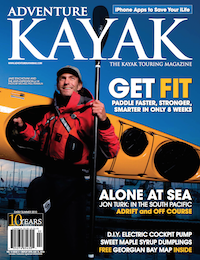 This article first appeared in the Early Summer 2010 issue of Adventure Kayak Magazine. For more great content, subscribe to Adventure Kayak’s print and digital editions here.
This article first appeared in the Early Summer 2010 issue of Adventure Kayak Magazine. For more great content, subscribe to Adventure Kayak’s print and digital editions here.



